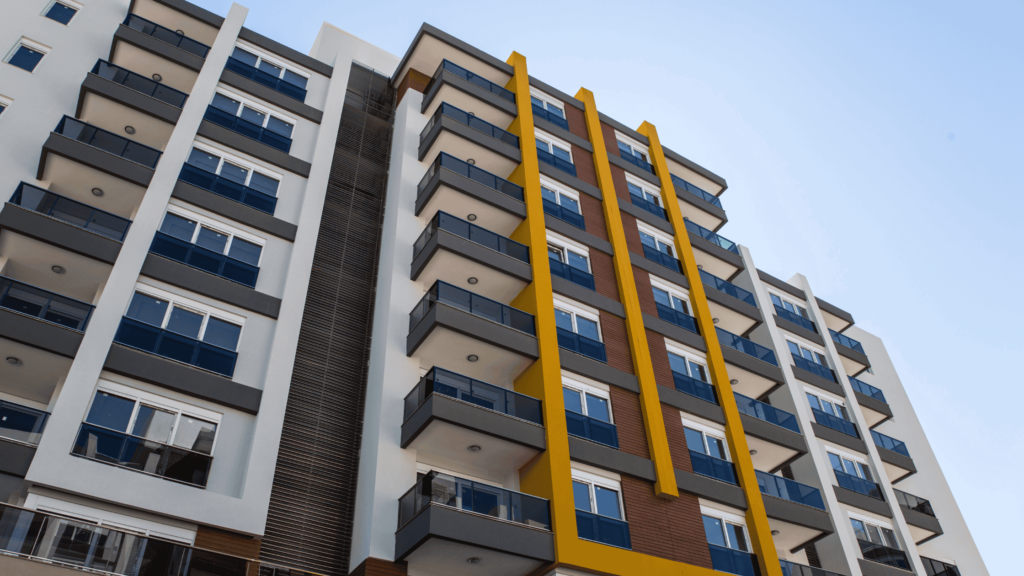
As the days get shorter and the nights colder, it’s time to start preparing your balcony for the upcoming winter months. Proper winterization will help to protect your outdoor space from the elements, extend the lifespan of your balcony materials, and ensure that it’s ready for use when spring arrives.
In this post, we’ll provide some tips for preparing your balcony for winter. We’ll also discuss the importance of regular maintenance and how it can help to prevent damage and costly repairs.
Why Winterize Your Balcony
- Prevent Damage: Winter weather can be harsh on balconies. Snow, ice, freezing temperatures, and salt can cause damage to decking, railings, and other materials. By taking steps to winterize your balcony, you can help to protect it from these elements and prevent costly repairs.
- Extend Lifespan: Proper winterization can extend the lifespan of your balcony materials. By taking care of your outdoor space during the winter months, you can help to prevent premature wear and tear.
- Prepare for Spring: Winterizing your balcony will help to ensure that it’s ready for use when spring arrives. By removing debris and protecting your outdoor space from the elements, you can make it easier to clean and prepare your balcony for the warmer months.
Tips for Winterizing Your Balcony
- Remove Debris: Clear your balcony of any leaves, twigs, or other debris that may have accumulated during the fall. This will help to prevent moisture buildup and rot.
- Clean and Protect Outdoor Furniture: Clean and store your outdoor furniture to protect it from the elements. Remove cushions and pillows and wash them according to the manufacturer’s instructions. Cover your furniture with a waterproof cover to protect it from snow, ice, and rain.
- Winterize Plants: If you have plants on your balcony, prepare them for winter. Bring indoor plants inside or cover them with frost blankets. Remove any dead or dying plants to prevent pests and diseases.
- Protect Railings and Decking: Apply a protective sealant to your railings and decking to help prevent water damage and rot. This is especially important if your balcony is made of wood.
- Remove Standing Water: Remove any standing water from your balcony, as it can freeze and cause damage. This includes water from planters, gutters, or other sources.
- Shovel Snow Regularly: If your balcony is exposed to snow, shovel it off regularly to prevent buildup and damage.
- Apply De-Icer Carefully: If you need to use de-icer on your balcony, be sure to follow the manufacturer’s instructions. Avoid using excessive amounts of de-icer, as it can damage your balcony materials.
Winterizing your balcony is an important step in maintaining your outdoor space and protecting it from the elements. By following these tips, you can help to prevent damage, extend the lifespan of your balcony materials, and ensure that your outdoor space is ready for use when spring arrives.
